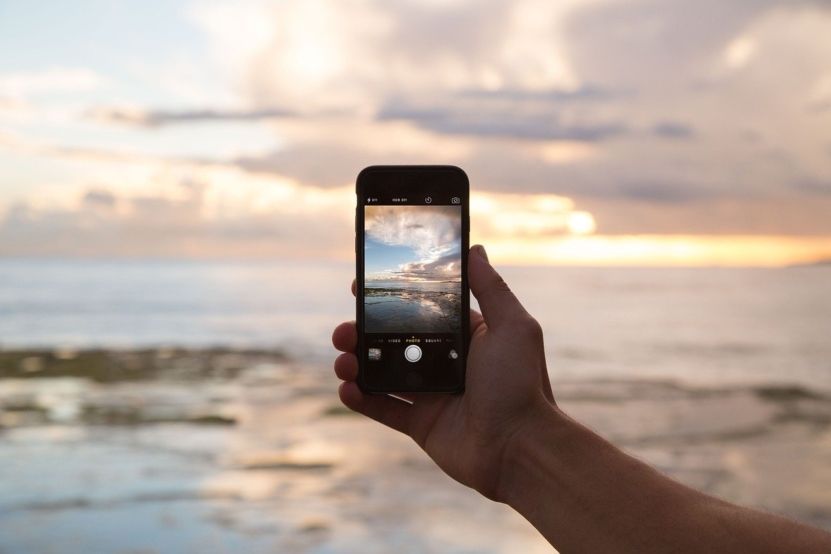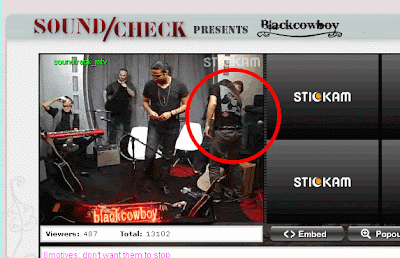Beacon deployment strategies: tips from the battlefield (part 2)
When deciding on beacons you should answer the question whether your customers will want to use this technology at all. As we said in the introduction – beacons communicate via Bluetooth Low Energy protocol, and you need an app to communicate with them. This means that they not only need to have an app on their smartphones with which you will communicate with them, but they also need to turn on Bluetooth.
So whether they use the application? If not, read the section on developing a communication plan (more on this in Part 3, to come on GoMobi.pl tomorrow).
Before you introduce beacons into your customer communications, calculate the potential of your target audience. First – how many people have downloaded the app? Whether it's a few, a dozen, tens or hundreds of thousands? Do you have statistics showing the real number of monthly active users? If not, divide the number of installations by 8 and assume that this is your number of active users (so-called "active users"). MAU). This is the number of users with whom you can potentially communicate using beacons.
The second factor limiting the range is the number of users with Bluetooth enabled. According to the data we gathered, in most of the big cities in Poland we can find Bluetooth enabled devices in approx. 15-25 percent. smartphones. This means you should divide the number of MAUs another time, this time by 4.
The last filter is the physical activity of your customers. Try to answer the question what percentage of people using your application visit your physical locations.
The answer to these three questions should allow you to determine the reach of your beacon deployment with good accuracy.
Empirical study
Of course, you do not need to estimate these values. You will get the number of MAUs if only your application uses an analytical tool like Google Analytics for Mobile. The organic, unforced number of enabled Bluetooth devices you are also able to accurately measure. You can use devices that scan the environment for active Bluetooth and Wi-Fi transmitters. We are also able to conduct such research.
Statistics
Beacons can be a rich source of interesting data allowing to understand user behavior and their intentions, for example shopping. Good planning determines whether you can get this information. Before you set up your first device, develop a list of metrics you'd like to measure. You'd certainly like to know what percentage of people entering the store complete a transaction. This means that you should measure the unique number of people passing through the checkout counters. Knowing this, plan to install beacons with a small (1-2 meter) range at the checkouts. This will allow you to count the so called. Customer transformation at the point of sale.
When working with beacons and indicators, use floor plans. Try to mark the areas and locations that you would like to study in more or less detail. Develop a plan for overlapping zones and adjust signal strength so that devices only cover your designated zones and do not overlap each other.
Also find a platform that allows you to visualize the collected data on room plans. Ensure also that the collected data can be exported in formats that allow further analysis and processing in external programs. If you use a CRM type tool, check if the proximity platform offers the possibility of integration with this type of software – you will save time on the manual process of importing and exporting data.
Use of the collected data
Once you know what data you want to collect, try to develop a plan to use it across different channels. For example – did you know that by using beacons you can use Facebook to target your ads to all the people who have visited your store, e.g. week ago and have not made a purchase since?
If you have a consistent profile of offline and online users, you can use information about their behavior in one medium to trigger an action in the other.
Example: if someone looked at paint in your online store on Sunday night and didn't buy it, you can offer them a special discount coupon the next time they visit your physical store.
Beacons allow you to collect behavioral data analogous to what was previously only available online. This means you need to start thinking about them the way e-commerce people think about them. It's a big challenge. But on the other hand it also means that you can use in the offline world most of the marketing techniques and tools available so far only online!


